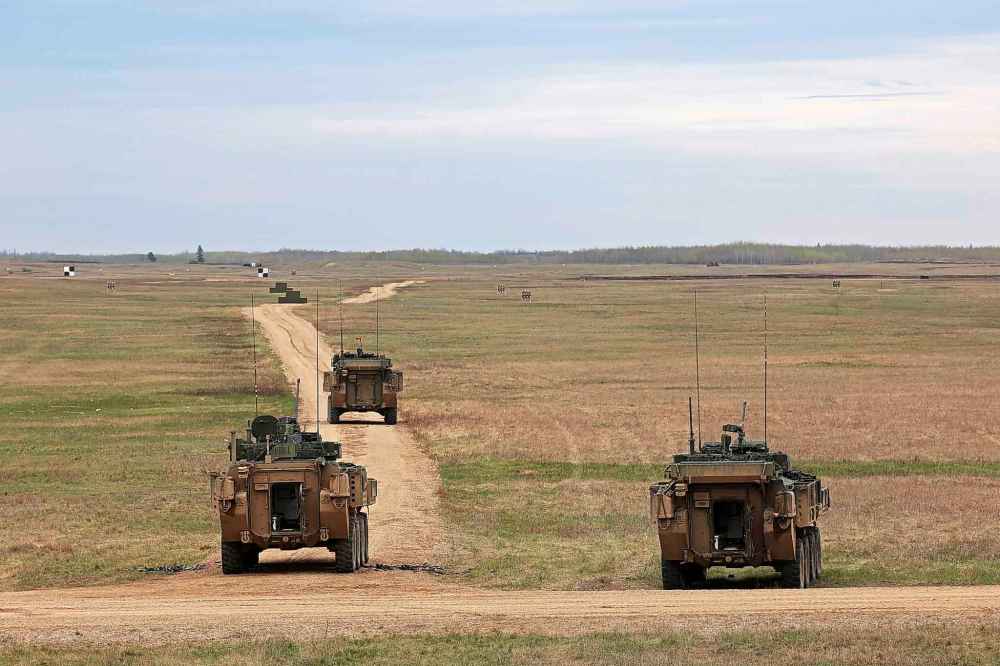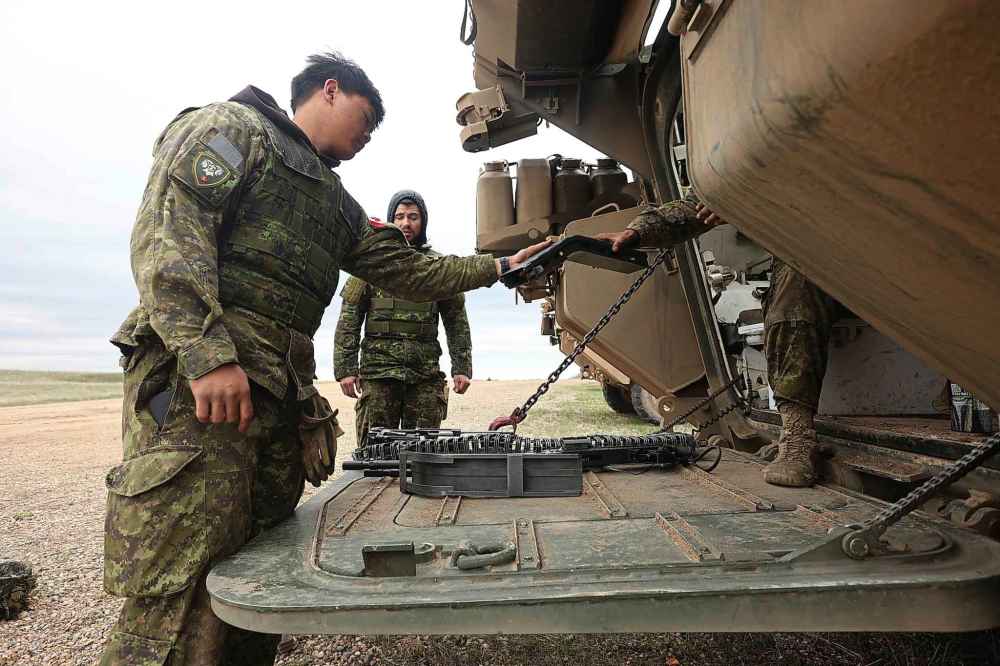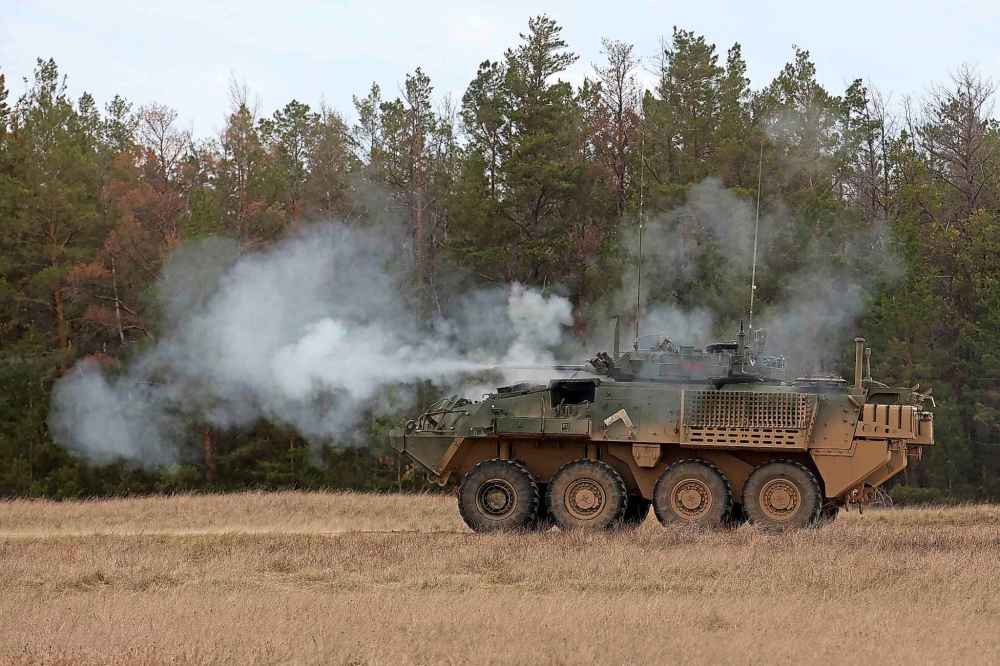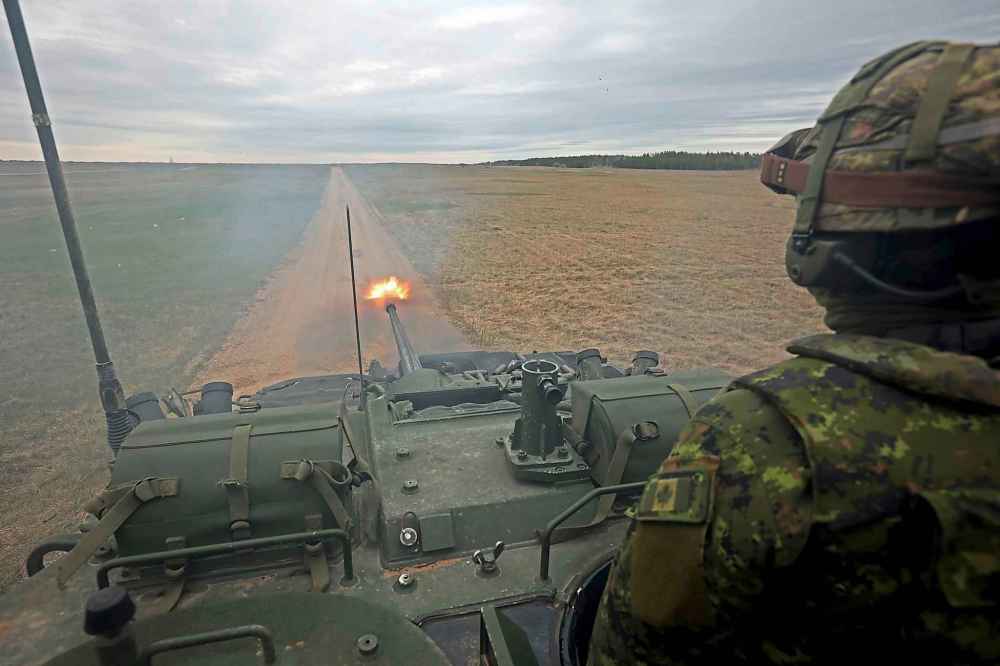CFB Shilo holds live-fire exercises
Advertisement
Read this article for free:
or
Already have an account? Log in here »
To continue reading, please subscribe:
Monthly Digital Subscription
$0 for the first 4 weeks*
- Enjoy unlimited reading on winnipegfreepress.com
- Read the E-Edition, our digital replica newspaper
- Access News Break, our award-winning app
- Play interactive puzzles
*No charge for 4 weeks then price increases to the regular rate of $19.00 plus GST every four weeks. Offer available to new and qualified returning subscribers only. Cancel any time.
Monthly Digital Subscription
$4.75/week*
- Enjoy unlimited reading on winnipegfreepress.com
- Read the E-Edition, our digital replica newspaper
- Access News Break, our award-winning app
- Play interactive puzzles
*Billed as $19 plus GST every four weeks. Cancel any time.
To continue reading, please subscribe:
Add Free Press access to your Brandon Sun subscription for only an additional
$1 for the first 4 weeks*
*Your next subscription payment will increase by $1.00 and you will be charged $16.99 plus GST for four weeks. After four weeks, your payment will increase to $23.99 plus GST every four weeks.
Read unlimited articles for free today:
or
Already have an account? Log in here »
Hey there, time traveller!
This article was published 08/05/2024 (591 days ago), so information in it may no longer be current.
CFB SHILO — Canadian soldiers are keeping their skills sharp with live-fire training at CFB Shilo, practising inside the light armoured vehicles (LAVs) that are each equipped with a cannon and machine gun.
Three days and nights were set aside for the annual training of 2nd Battalion, Princess Patricia’s Canadian Light Infantry (2PPCLI), with a different rifle company having access each day.
Bravo and Charlie company completed their training at the base’s range on the weekend, and on Monday it was about 50 members of Alpha company’s turn inside the LAV 6, said Lt. Chris Pacholuk.
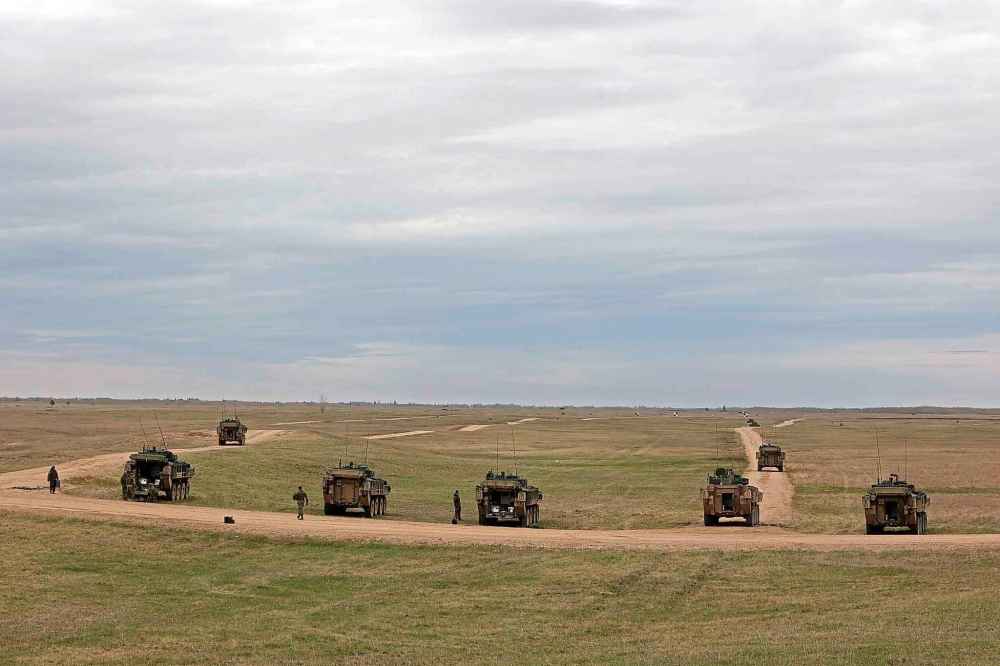
“Our primary cannon is the 25-millimetre Bushmaster, and we’re engaging it with a couple of different ammunition types, as well as the coaxial machine gun — and that is a C6 7.62 millimetre,” said Pacholuk.
“These are qualifying shoots to make sure they are maintaining their standards of skills, from static to moving. And that involves the LAV moving at a slow speed downrange while shooting on the move and engaging with multiple ammunition types and weapon systems at a variety of targets. And then we do it again at night in different components,” he said.
Inside the LAV is a driver, a gunner and a crew commander, with room for up to eight other members to sit on benches in the back compartment.
The driver uses periscopes, thermal imaging cameras and a rear viewer to maximize views day and night. On top of the armoured fighting vehicle is a turret that holds the cannon and the machine gun.
The gunner identifies the target, which at Shilo is about 1.8 kilometres away. The crew commander gives the authorization to fire.
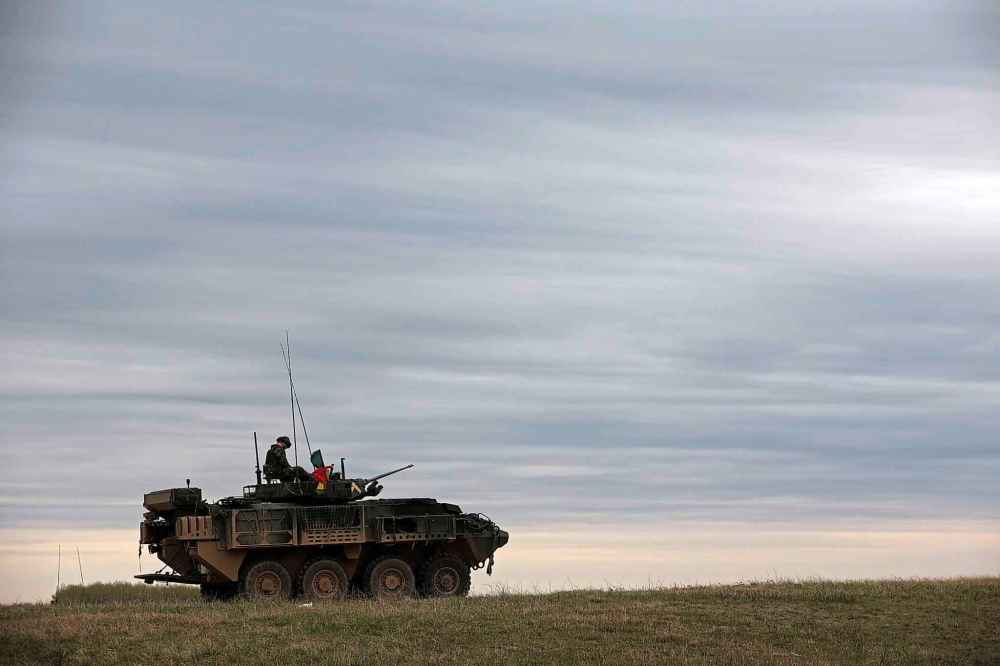
During Shilo’s training, crew members are evaluated for their ability to engage the targets accurately, and if there are any problems, to fix them immediately, said Pacholuk.
“Communication across the board is critical, it’s constant. We don’t just have a target in front of us. We have to be able to see everything across the left, right, and potentially behind us. We’re also very conscious about above us as well, the potential air threat,” Pacholuk said.
Warrant Officer Kory MacEachern has been in the military for 27 years and deployed to Afghanistan twice. His first time was three months after 9/11.
During MacEachern’s second tour he was a LAV driver, crew commander and LAV sergeant.
“We had a full section,” MacEachern said. “So, we had eight guys in the back of the vehicle when we were in Afghanistan. We made it our combat RV.
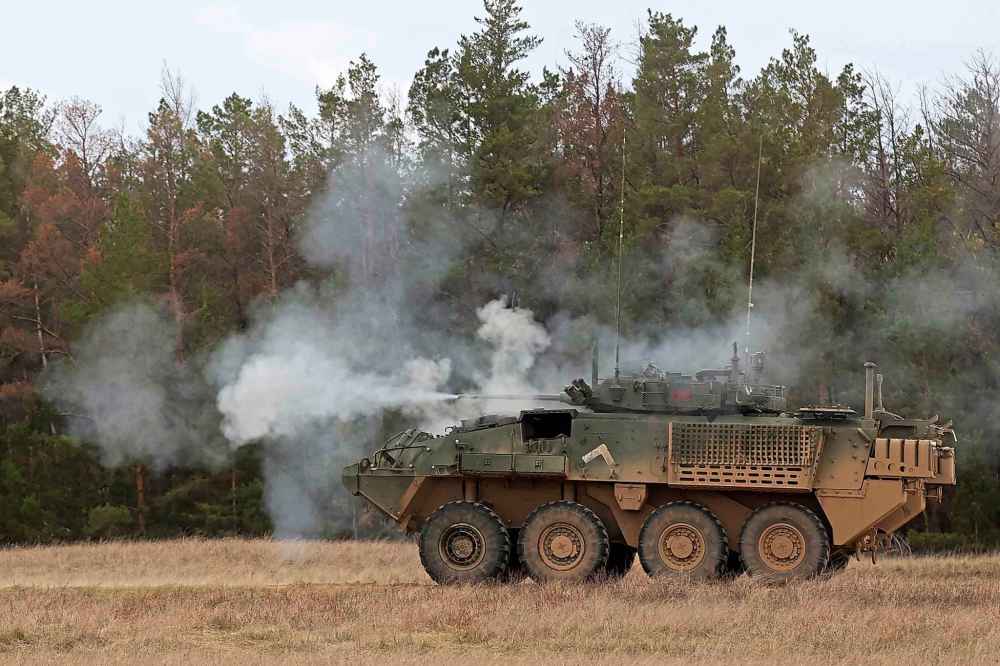
“The only people that sleep in the vehicle normally on the back benches are the gunner and the crew commander. The driver most often sleeps in his hatch, and the crew sets up their cots off to the side of the vehicle,” he said.
The LAV training exercises at Shilo, MacEachern said, keep crews sharp.
“Moving tactically across the terrain without being detected — we call it contour driving. It’s a really hard skill for drivers to get because a lot of times their only vision is through the periscopes and through the thermal imaging, which is all at ground level,” he said.
The live-firing exercises in the LAVs are preparing the Shilo soldiers for the next “more complicated training,” carrying members of the infantry who will be armed, said Pacholuk.
“The crews will get out the back (of the LAV) with live ammunition and they will do mechanized, section attacks, and after that, they’re going to go up another level.

“We’re going to go from just one section and one car to a full platoon, which is going to be four cars, three sections, dismounting with machine guns and an HQ element, all conducting a platoon attack on an objective,” said Pacholuk.
“This is just our training to keep our skills up and sharp and make sure that our platoons meet their criteria to be able to keep doing this and participate in continuation training and potentially deploy.”
MacEachern said when it comes to training, they have to do it right.
“It’s a methodical approach to safety and progression,” he said. “And it’s really detrimental to not put our full attention into training, to be prepared for any tasks that we’re asked to do at a moment’s notice.”
mmcdougall@brandonsun.com

